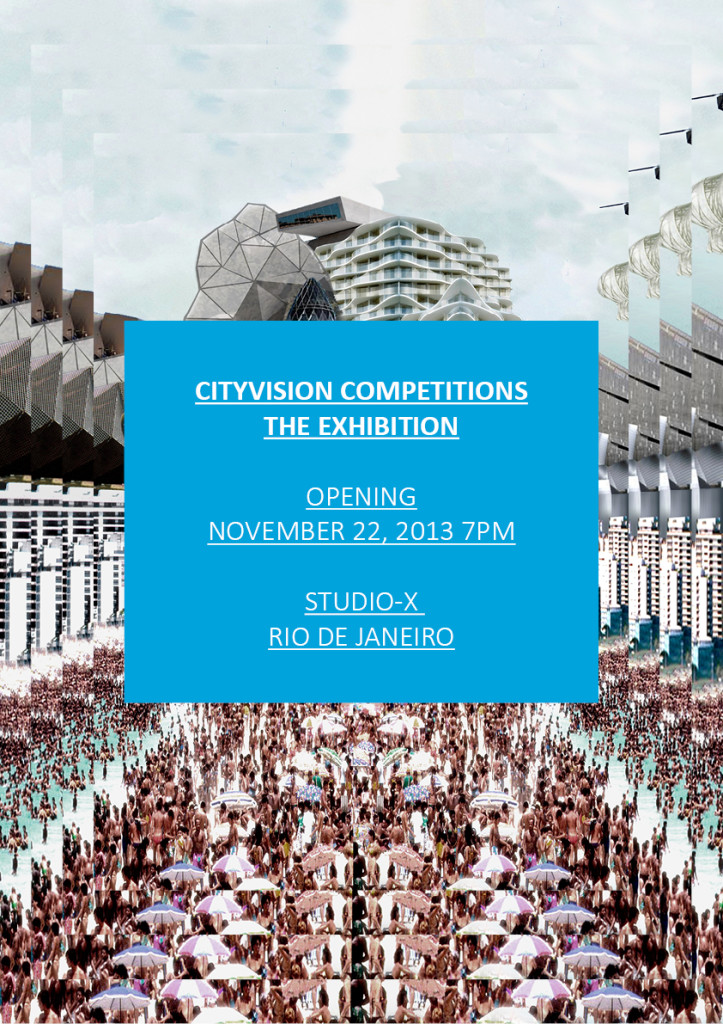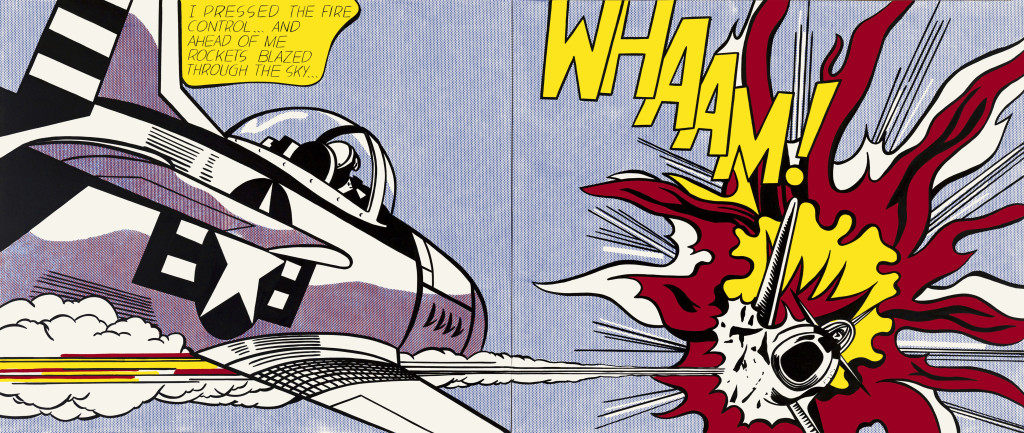Vi prego, demoliamo tutto!!!
text by: Sebastian Di Guardo
Gib mir Benzin
Es fließt durch meine Venen
Es schläft in meinen Tränen
Es läuft mir aus den Ohren
Herz und Nieren sind Motoren*
Negli anni ’30 del XX secolo gli scienziati italiani firmarono il “Manifesto della razza” in cui chiedevano ai nostri nonni di proclamarsi apertamente razzisti. Leggerlo oggi provoca diverse sensazioni. Tralasciamo la certa indignazione; vi invito a riflettere sul fatto che quelle sottospecie di scienziati ha azzeccato l’equazione per cui il Fascismo prospera parimenti al razzismo. Tornando nel seminato ritengo che, senza sentimentalismi, sia arrivato il momento di considerare che nel “paese delle mille città” (più di 8000 comuni nel 2010), con una percentuale di costruito tale che contiamo diverse centinaia di paesi abbandonati e un numero medio di vani/persona di circa 1,9 (nel 2001) è ora di considerare l’orribile verità che gli attuali processi di tutela di queste reliquie del glorioso passato limitano le nostre possibilità di costruire, creare, innovare; insomma di fare il nostro lavoro. L’architetto è preda di un conflitto insanabile, dopo aver passato serate di passione sui libri di quella teoria del restauro che oltre che essere obbligatoria all’Università ci pone all’avanguardia per sensibilità su questo tema. Sappiamo tutti che una lunga teoria di Soprintendenze e Associazioni tutelano ogni centro storico, patrimonio e monumento. Tralasciando la teoria psichiatrica della necessità di “uccidere il padre”, la vexata questio di questo articolo non è la natura del monumento o l’estensione della tutela ma solo la constatazione che i processi di salvaguardia operativi nell’area storica inchiodano una situazione precisa fissandone l’immutabilità nel tempo che (cattivo) continua a scorrere. Occorre, con giudizio, considerare ogni complicazione di questo “congelamento”.
Mentre oggi distinguiamo l’edilizia e l’architettura civile dalla categoria degli edifici pubblici, nel passato avremmo distinto edifici di culto ed edifici nobiliari dalle abitazione del volgo. Il patrimonio storico non può limitarsi nella definizione ai primi, come evidenziava Pasolini, ma comprende il differente apporto della cultura popolare. Da questo la conservazione integrale dei centri storici e dei borghi, il restauro, l’integrazione. Ma torniamo al motivo per cui occorre conservare tali culture: la volontà di trasmetterle alle generazioni future. Da questo punto di vista, i progressi non sono qualitativamente fecondi. La limitazione dell’insegnamento nelle scuole superiori della Storia dell’Arte, la conservazione di particolari non visibili né comprensibili, la difficoltà all’accesso a queste fragili vestigia sono esempi di questo fallimento, l’obbiettivo essendo stato frainteso con la conservazione ad ogni costo. Il risultato visibile è la presenza di edifici per grandissima parte non visitabili, poco funzionali, non tecnologici, inefficienti, non vivibili, addirittura non utilizzabili, privi di norma di sicurezza adeguate per il bene e per chi lo visita in caso di calamità. Tali limitazioni sono dettate a priori da una ristretta parte della popolazione che non ha necessità abitative né economiche particolari. Non solo: il contemporaneo, che pure può a ben vedere convivere, integrare e commentare la volontà artistica del monumento, è spesso demonizzato e bandito, confuso con il Kitsch. Questo limita molto le possibilità lavorative come già detto, specie perché l’intervento di restauro è per definizione costoso (quindi, un paese come L’Italia in decrescita economica lo limita sempre più), specialistico e senza possibilità vere di recupero del capitale investito se non attuando determinate politiche che lo portano spesso ad un’alleanza perversa con il settore turistico. Orde di gitaroli dal cappello di paglia invadono il centro storico, urlando e sporcando. Ad attenderli, comodi bookshop e caffetterie in aree non sempre appropriate. Rimangono il tempo di scattare una foto, poi vanno via in bus scoperti o improbabili trenini stile Biancaneve. La conservazione diviene farsa, attrazione ludica, cultura take away. Da questo alla riproduzione di Venezia a Las Vegas o a Macao il passo è brevissimo: sono la stessa cosa per un turista. Ma ciò che, come giovane architetto italiano mi sento di disapprovare non è tanto questa trasformazione circense, quanto la mancanza di coerenza. O la pratica della conservazione è integrale, i centri storici non hanno accesso veicolare, non è possibile inserire alcunché di contemporaneo, la popolazione abita nelle periferie moderne e si reca al centro per studio ed eventi culturali, ¾ degli architetti italiani diviene restauratore e leader di questa specializzazione, oppure si sceglie il modello Disneyland: porti e aeroporti per il turismo di massa, una ruota panoramica accanto al Colosseo, il Carosello a Piazza della Signoria a Firenze. Ma a questo punto, anche con il sindaco che, con due grandi orecchie di gommapiuma nera, gira per la città cantando la marcetta di Mickey Mouse, seguito a ruota dagli assessori che distribuiscono caramelle. Io mi rifugio nella mia fantasia: se gli Italiani del passato potessero essere qui ed avere facoltà di voto, credo che eleggerebbero Nerone presidente col programma di demolire, o limitarsi per molti edifici alla conservazione della sola facies storica, per ritornare al processo di “storia in continuità”; vivificando il discorso contemporaneo; dando lavoro ai giovani, creando edifici sicuri, comodi e dall’alta efficienza energetica. Sogno e spero mi si perdonerà.
Willst du dich von etwas trennen
dann musst du es verbrennen
Willst du es nie wieder sehen
lass es schwimmen in Benzin
Benzin
Ich brauch Benzin
Benzin
Gib mir Benzin*
Tutte le statistiche sono tratte dal sito ISTAT.
* Benzin, Rammstein. Dall’album “Rosenrot”, 2005
Dammi Benzina/ Scorre nelle mie vene / Dorme nelle mie lacrime / Mi esce dalle orecchie / Cuore e reni sono motori / Vuoi separarti da qualcosa / allora devi bruciarla! / Non vuoi vederla mai più? / lasciala nuotare nella / benzina! / Benzina / Mi serve benzina / Benzina/ Dammi benzina!
Please, demolish everything!
Gib mir Benzin
Es fließt durch meine Venen
Es schläft in meinen Tränen
Es läuft mir aus den Ohren
Herz und Nieren sind Motoren*
In the 30s of the twentieth century, Italian scientists signed the “Manifesto of the race.” In this document they asked this to our grandparents: to proclaim openly racist. Now, read this causes different sensations. Obviously we feel indignant. I invite you to reflect on the fact that those sub-species of scientists has guessed an equation: Fascism thrives where racism thrives. Returning to the architecture I believe, without sentimentality, it’s time to consider that: in the “land of a thousand cities” (more than 8,000 municipalities in 2010) there is a huge percentage of built; There are several hundred abandoned villages and an average number of rooms / person of about 1.9 (in 2001); so it’s time to consider the horrible truth, the current processes of protection of this relics of a glorious past limit our ability to build, create, innovate, in short, to do our work. The architect is the prey of an irreconcilable conflict, after spending evenings of passion on the books of restoration theory, a subject that is required as well as the University and places Italians forefront of sensitivity on this issue. We all know that a long series of Superintendents and Associations protect each center, heritage and monument. Leaving aside the psychiatric theory of the need to “kill the father”, the topic of this article is not the nature of the monument or the extension of protection but merely an observation that the processes operating in the historic preservation nail a specific situation, decide the immutability over time that (bad) continues to flow. It is therefore necessary to consider judiciously each complication of this “freeze”.
While today is distinguished building and civil architecture from the category of public buildings, in the past we would have separate religious buildings and noble buildings from the houses of the people. How stated by Pasolini, historical heritage can not be identified only with the great palaces but includes the different contribution of popular culture. From this speech comes the integrated conservation of historic centers and villages and also restoration and integration. But back to the reason for maintaining these cultures: the desire to pass them on to future generations. From this point of view, the progress is not qualitatively fruitful. Are examples of this failure the limitation of the teaching of art history in schools, the preservation of details not visible no appreciables, the difficulty of access to these fragile remains.This is because the goal has been misunderstood with preservation at all costs.The visible result is the presence of buildings, for the most part, can not be visited, not very functional, non-technological, inefficient, not livable, even not be used, without appropriate safety standard for the building itself and for those who visit it in the event of a disaster. These restrictions are dictated by a small part of the population that has no particular economic or housing needs. Not only that: the contemporary integration, which can also integrate, coexist and comment on the artistic will of the monument, it is often demonized and banned, confused with the Kitsch. This greatly limits the job opportunities, as already mentioned, because the restoration is by definition expensive (and therefore, a country like Italy in the economic downturn restricts it more and more), specialist, and no have real possibility of payback; otherwise, it is often possible by implementing certain decisions that involve a perverse alliance with the tourism sector. Hordes of day-trippers from the straw hat invade the city center, screaming and soiling. To wait for them there are comfortable bookshops and cafes in places always not appropriate. They remain the time to take a picture, then go away in open bus or unlikely Snow-White-style trains. The conservation becomes farce, playful attraction, takeaways culture. From this to the reproductions of Venice in Las Vegas or Macau, the step is very short: they are the same thing for a tourist. But, what I would disapprove as a young Italian architect, is the lack of coherence and not this transformation in the circus. Or the practice of conservation is integral, and thus the historical centers do not have vehicular access; you can not insert anything contemporary; the population lives in the suburbs and went to the center for study and cultural events; ¾ of the Italian architects becomes restorer and leader of this specialization. Or you choose the Disneyland model: build ports and airports to mass tourism, a Ferris wheel next to the Colosseum, the Carousel in Piazza della Signoria in Florence. But at this point, we will also have the mayor, with two large ears of black foam rubber, runs through the city singing the Mickey Mouse march, followed by the councilors who distribute candy.
I shelter myself in my imagination: if the Italians of the past could be here and have the right to vote, I think Nero would be elected president, with the program to demolish, or limited for many buildings to the conservation of historic facies alone, to return to the process of “history in continuity”; giving life to the contemporary discourse; giving work to young people, creating buildings safe comfortable and high energy efficiency. I dream and I hope I will be forgiven.
Willst du dich von etwas trennen
dann musst du es verbrennen
Willst du es nie wieder sehen
lass es schwimmen in Benzin
Benzin
Ich brauch Benzin
Benzin
Gib mir Benzin*
All statistics are taken from ISTAT website.
* Benzin, Rammstein. From the album “Rosenrot”, 2005
Info:
Info:
Title: Vi prego, demoliamo tutto!!!
Time: 31 ottobre 2013
Category: Article
Views: 4648 Likes: 2
Tags: -








